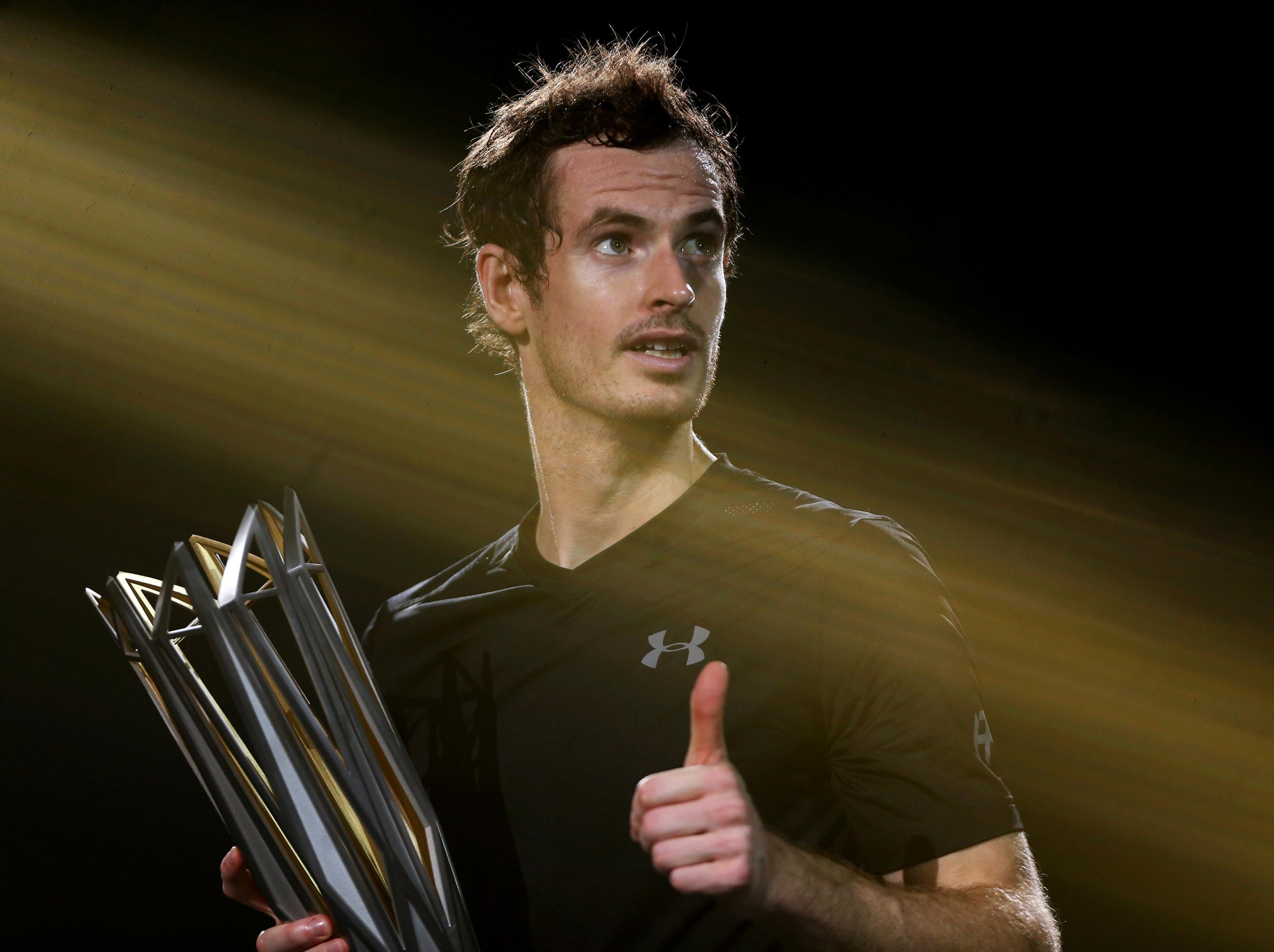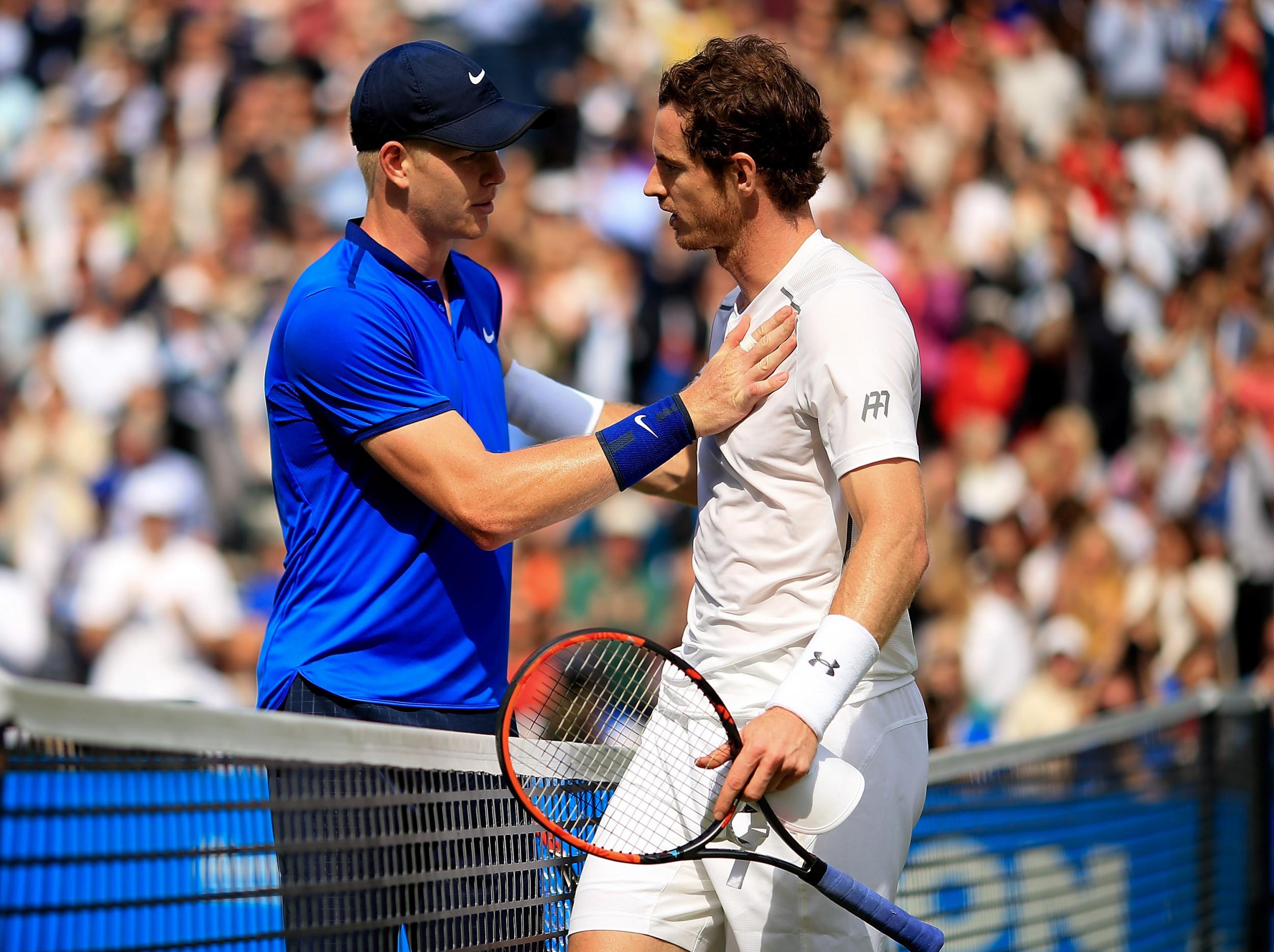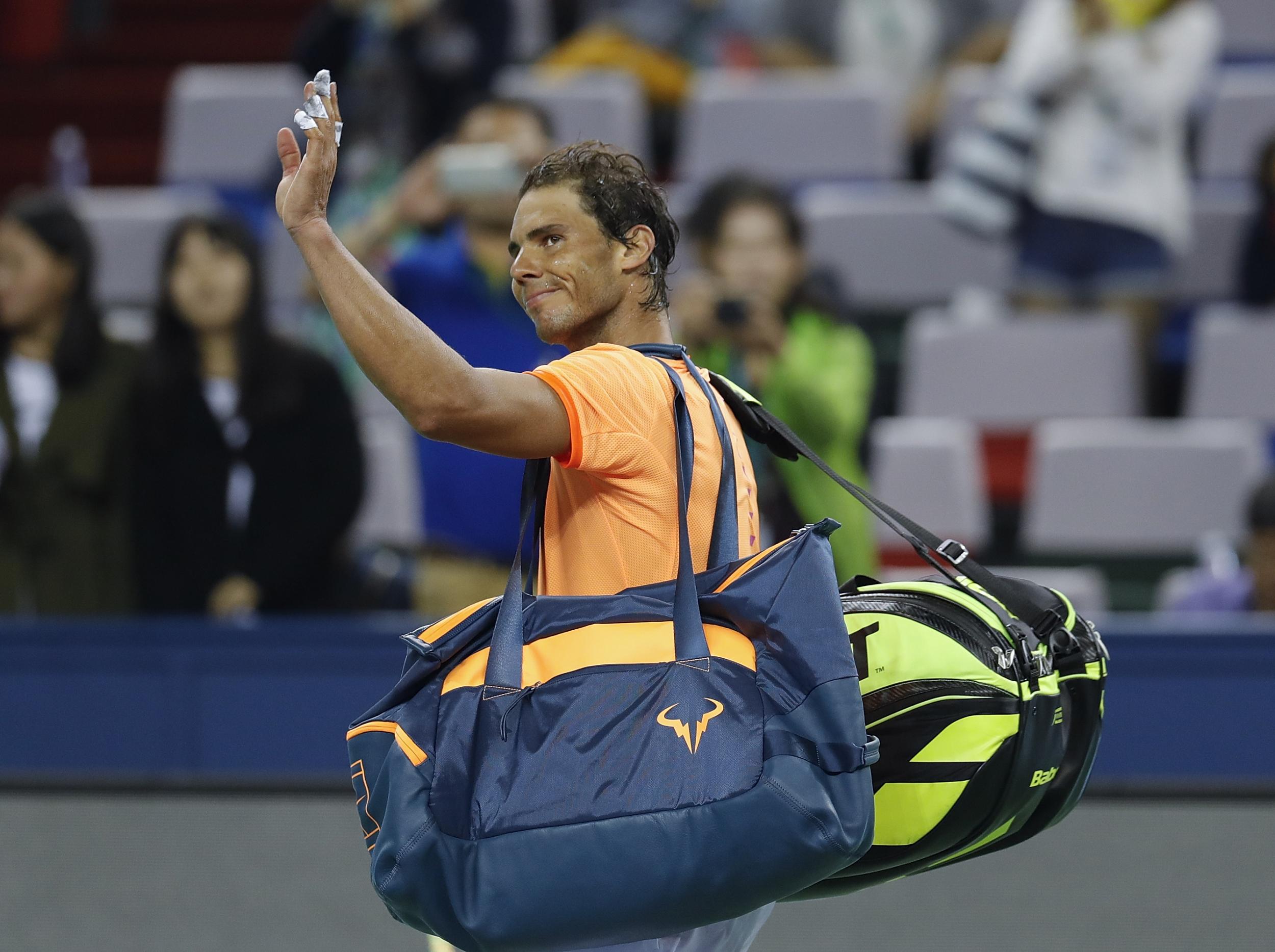Once again, Andy Murray would be wise to turn to Rafa Nadal for inspiration when battling his way back to the top
The Jonathan Liew column: In Nadal’s remarkable career resurrection there is hope for his friend and rival, who he first met in 2002, a meeting that would change the course of Murray’s career

A couple of weeks ago, Andy Murray posted some pictures on Instagram of a new hobby he appears to have taken up in recent months. In one photo we see him poised in front of a blank canvas, palette perched in his left hand, the brush about to make its first stroke. In the next, we see the finished product: an abstract, Jackson Pollock-esque fiesta of colourful splodges, drips and drops, the fuzzy yellow spheres that may as well be tennis balls.
The background, meanwhile, is entirely black. I like to think it’s what Murray sees in his dreams.
Then, earlier this week, another cryptic message came from the Murray camp. News emerged that his recovery from hip surgery - an injury that has kept him off-court since he hobbled out of last year’s Wimbledon - was not going quite as well as expected. Insiders at the All-England Club say he has not been seen practising there for weeks. Whispers began to circulate that he might be forced to miss the entire grass-court season, and may instead be targeting a return in the autumn, or even later.
By which time, Britain’s most popular athlete will have been out of the game for over a year, in which time the landscape has subtly shifted. Kyle Edmund took his British No1 slot in March, and as he stands on the cusp of the world’s top 20 is gathering momentum as this country’s next potential Grand Slam challenger.

Murray, meanwhile, has continued his gradual slide, his absence from the tour perceptible but largely unheeded. His team have, for the most part, maintained a magnificently regal silence. And as he approaches his 31st birthday next week, into the void pour all sorts of fearful, anxious questions. Why is it taking so long? Will he ever be the force he was? Does he still have the hunger? Is the Murray era - whatever it was - over?
It’s interesting to go back now and read through clippings of his irresistible run to the world No1 position in late 2016. As he criss-crossed the world reaping ranking points, the Wimbledon and Olympic champion, it genuinely felt as if we were in the presence of a weird sort of sporting omnipotence, a mysterious and powerful force that we longed to harness for ourselves. His fitness regime and diet were scoured for clues. The birth of his daughter Sophia earlier in the year was held up by serious, learned tennis people as the fountain of his success. Murray was our king, and as with all kings, we his subjects hung ravenously on his every move.
Around the same time, we were busily penning the career obituaries of someone else. In October 2016, Rafa Nadal decided to bring his season to an abrupt halt, citing fatigue and the recurrence of a wrist injury that had been flaring on and off for more than two years. He hadn’t reached a Grand Slam semi-final in almost 30 months. He was on the verge of dropping out of the world’s top 10 for the first time in a decade. He moved like a guy who had just had a three-course steak dinner. Would he ever be the force he was? Did he still have the hunger? Was the Nadal era over?
A few years back, when his knees first began to grind, I confidently predicted to anyone who would listen that Nadal would never win another Slam. Alas, that was ten Slams ago. And so over the course of 2017, Nadal once again contrived to make a lot of people look foolish. He scythed his way through the draw in Melbourne, pushing Federer all the way in an epic final. He cleaned up on clay, winning his 34th French Open title (or thereabouts). He retook the No1 ranking from Murray. And then on the hard courts of New York, a surface that literally turns his joints into the bitty, crumby stuff you get at the bottom of a tube of Pringles, he claimed a third US Open title against a largely acquiescent Kevin Anderson.

This season, he’s on the charge again. And in Nadal’s remarkable career resurrection there is, perhaps, hope for his friend and rival Murray, who he first met at the European under-16 team championships in Andorra in 2002, a meeting that would change the course of Murray’s career. On hearing of Nadal’s dedication, his hours of practice in the hot sun, the way his day was moulded around the game rather than the other way round, Murray resolved that he too needed to immerse himself in the tennis life. He made his mother Judy put him on a plane to Majorca, and the rest, as they say, you can read on Wikipedia.
For Nadal, those long months of injury lay-off were what sowed the seeds of his return. They bred both a dissatisfaction with his predicament, and a violent determination to escape it. “It was a boring time, because I don’t like to be doing nothing,” he later said. “But that’s what I did.”
For Murray, too, you wonder if injury has become a sort of prison. That what he has described as the “slow and steady” approach to recovery is his way of ensuring not simply a full return to fitness, but a sort of self-punishment, sharpening the desire by forcing him to confront what he has lost. In an emotional Instagram post in March, he admitted that being deprived of tennis had made him see the game in a new light. “I genuinely miss it so much,” he said. “And I would give anything to be back out there. I didn’t realise until these last few months just how much I love this game.”
The conventional wisdom is that Murray’s days at the very top table are surely behind him. Hip injuries are notoriously recalcitrant healers, and there is no way of knowing whether Murray will still have the power and the torque to play the sort of attritional baseline duels that have been the foundation of his game. His ranking has plummeted to the point where he would no longer be seeded when he does return. All the signs point towards terminal decline. But when you get to the very top level of tennis, they breed them tough, and they breed them weird. In other words: never underestimate what a true artist can do with a blank canvas.
Join our commenting forum
Join thought-provoking conversations, follow other Independent readers and see their replies
Comments
Bookmark popover
Removed from bookmarks